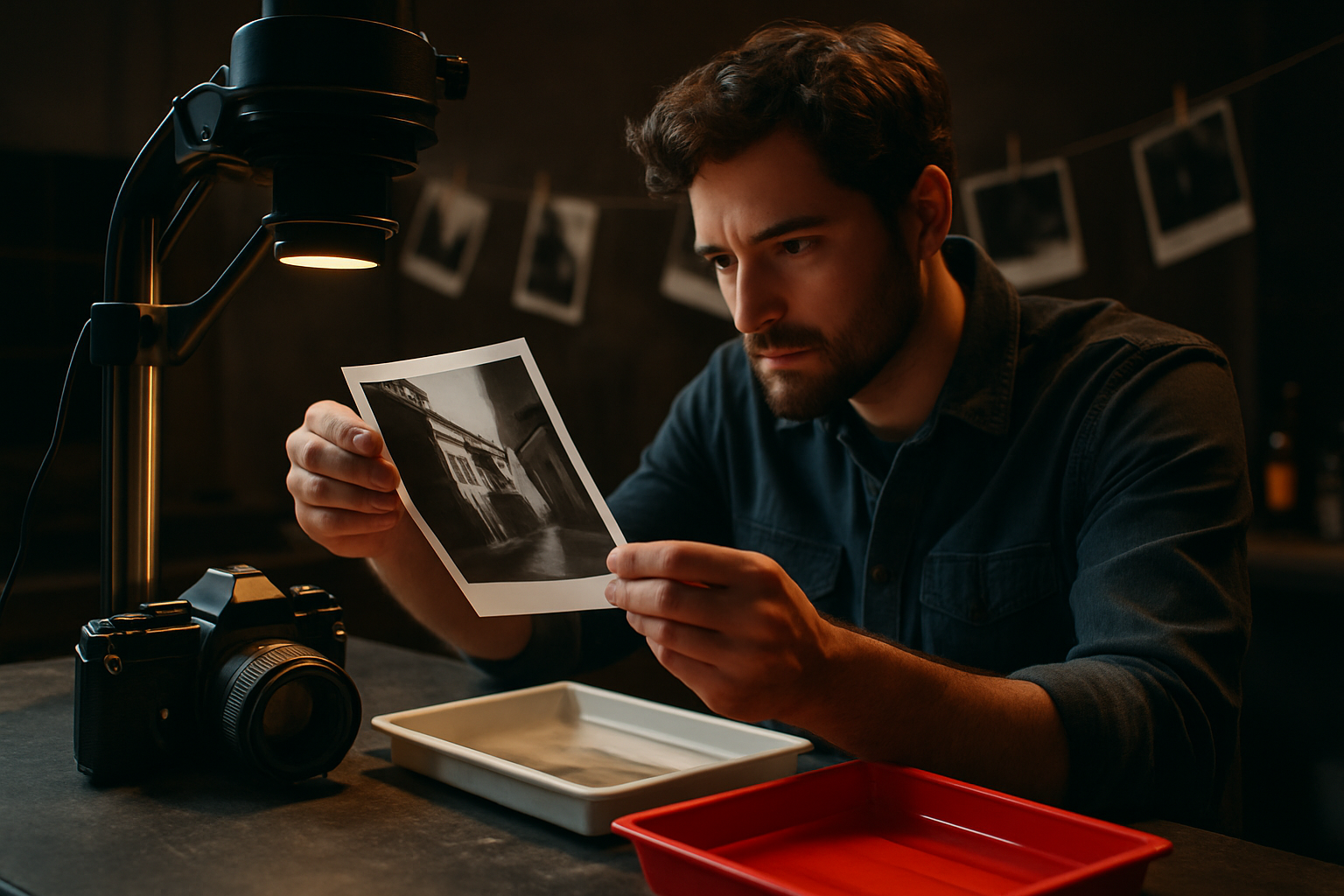The Resurgence of Analog Photography in the Digital Age
In an era dominated by digital technology, a surprising trend is emerging in the world of photography. Analog photography, once thought to be obsolete, is experiencing a remarkable revival. This resurgence is not just a nostalgic nod to the past, but a deliberate choice by artists and enthusiasts seeking a more tactile and authentic creative process. As digital cameras become increasingly sophisticated, the allure of film's imperfections and unpredictability is drawing a new generation of photographers back to the darkroom.

The Digital Revolution and Analog’s Decline
The advent of digital photography in the late 20th century marked a seismic shift in the industry. Digital cameras offered instant results, easy editing, and cost-effective image production. By the early 2000s, major camera manufacturers were phasing out film cameras, and iconic brands like Kodak struggled to adapt. Darkrooms closed, and film processing labs dwindled, leading many to believe that analog photography was destined for obsolescence.
The Unexpected Comeback
Contrary to predictions, analog photography began to show signs of resilience in the mid-2010s. This revival was driven by several factors, including a growing appreciation for the unique qualities of film and a desire for a more hands-on creative process. Young photographers, raised in the digital era, began discovering the joys of shooting with film, while established professionals returned to their analog roots for personal projects.
The Aesthetic Appeal of Film
One of the primary drivers of analog’s resurgence is its distinct aesthetic. Film photographs possess a unique color palette, grain structure, and tonal range that digital cameras struggle to replicate authentically. The limitations of film, such as a fixed number of exposures per roll, encourage more thoughtful composition and a slower, more deliberate approach to photography. This mindfulness often results in images with greater emotional depth and artistic intention.
The Tactile Experience and Craft
Analog photography offers a tangible, hands-on experience that resonates with those seeking a break from the digital world. The process of loading film, manually adjusting camera settings, and developing prints in a darkroom provides a physical connection to the art form. This tactile engagement extends to the final product, with many photographers and collectors valuing the physicality of film negatives and prints over digital files stored on hard drives.
Educational and Artistic Implications
The resurgence of analog photography has had significant implications for photographic education and artistic practice. Many art schools and universities are reintroducing film photography courses, recognizing its value in teaching fundamental principles of light, composition, and image-making. In the fine art world, analog techniques are being embraced for their unique expressive possibilities, with some artists pushing the boundaries of what’s possible with traditional photographic processes.
The Industry Responds
The renewed interest in analog photography has not gone unnoticed by the industry. Film manufacturers like Kodak and Ilford have increased production of classic film stocks, while new companies have emerged to meet the growing demand. Camera manufacturers are reissuing popular film camera models, and darkroom equipment is once again in production. This revival has also spawned a thriving market for vintage cameras and lenses, with prices for sought-after models reaching unprecedented levels.
Challenges and Future Prospects
Despite its resurgence, analog photography faces challenges in a predominantly digital world. The scarcity of film processing facilities, the environmental impact of chemical processes, and the higher costs associated with film photography are significant hurdles. However, innovations in eco-friendly development techniques and the integration of digital tools in the analog workflow are addressing some of these concerns.
Conclusion
The resurgence of analog photography in the digital age is more than a passing trend; it represents a significant shift in how we approach image-making and visual art. As photographers and artists continue to explore the unique qualities of film, the lines between analog and digital are blurring, creating new hybrid forms of expression. This revival not only preserves important photographic traditions but also inspires new generations to engage with the medium in thoughtful and creative ways. In an increasingly digital world, the tangibility and craft of analog photography offer a compelling counterpoint, reminding us of the enduring power of physical processes in art and creativity.





